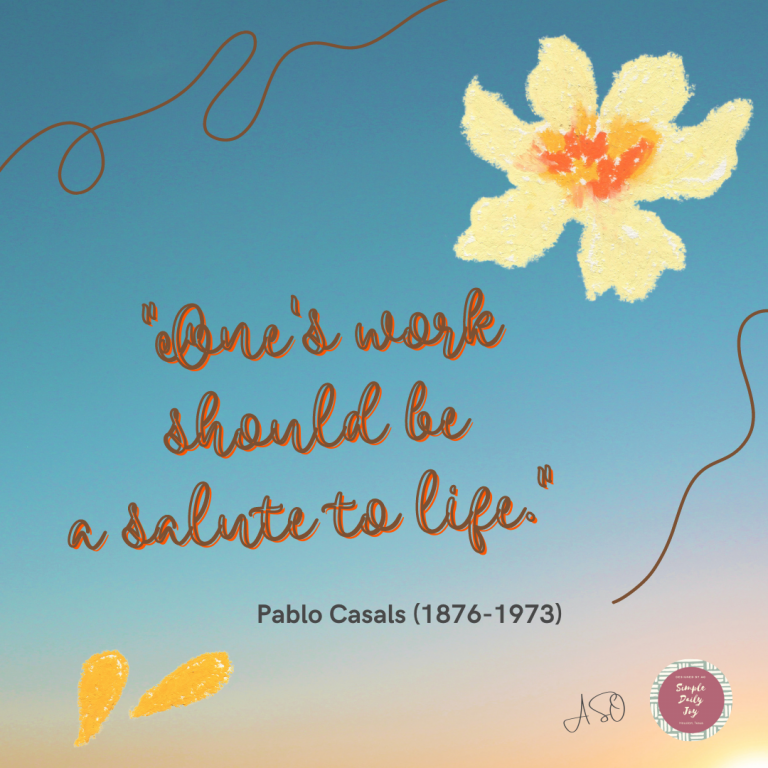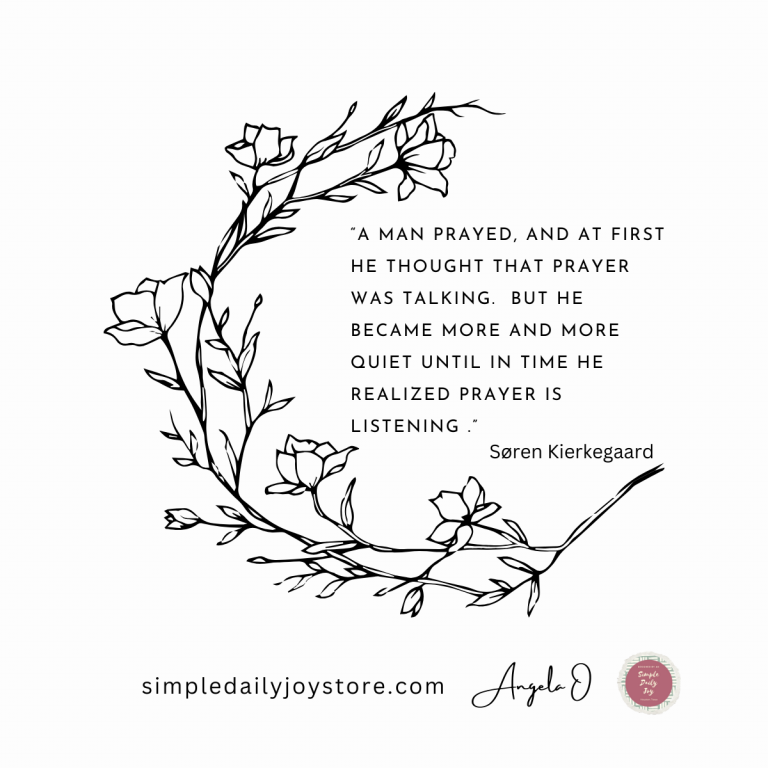Time in Shanghai

It was in the French Concession in Puxi, Shanghai over a decade ago when I stumbled into a century-old shop specializing in shibori textiles.
The shop was busy with many customers. The allure of the beautiful craftsmanship was hard to resist. But for me the real magic was in their backyard, where the shibori textiles were delicately hung, catching the sun’s embrace as they dried.
Adorned upon clotheslines, they swayed gracefully according to the direction of the gentle wind.
I watch mesmerized, my mind imagining vivid images of the local artisans immersed in their time-honored techniques and processes.
For me, it was a magical moment to behold. I found myself feeling extremely blissful and my heart absolutely full.
My husband and I co-authored a book together, in which we wrote about many of our encounters there. You can read our thoughtful stories and our personal journey of faith in our book on Amazon, accessible by clicking here.
What Exactly is Shibori?
Here are some facts.
Shibori is a traditional Japanese dyeing technique that involves creating intricate patterns on fabric through various methods of binding, folding, twisting, and compressing. This art form has a rich history.
Supposedly having been introduced from China, Shibori was adapted in a unique way by the Japanese. It is one of the oldest indigo dying techniques in Japan, with its origins dating back to the 8th century.
The word “shibori” comes from the Japanese verb “shiboru,” which means “to wring, squeeze, or press.”
Shibori is known for its distinctive, often unpredictable patterns that are created by manipulating the fabric before dyeing it. The binding and folding techniques create areas of resistance, preventing the dye from fully penetrating those sections. This results in intricate and unique designs that range from delicate and subtle to bold and dynamic.
There are several common shibori techniques:
1. **Kanoko Shibori (Tie-Dye):** This method involves tying small sections of fabric with thread to create patterns resembling clusters of dots or circles. The tied areas resist the dye, leaving behind the original color of the fabric.
2. **Kumo Shibori (Pleat and Bind):** In this technique, the fabric is pleated, folded, or twisted into various shapes before being bound with string or clamped. The resulting patterns can resemble shapes like clouds (kumo), hence the name.
3. **Itajime Shibori (Clamp Resist):** Fabric is folded, pleated, or sandwiched between two shapes (often wooden blocks) before dyeing. The areas that are clamped tightly resist the dye, creating geometric and repeating patterns.
4. **Arashi Shibori (Pole Wrapping):** The fabric is wrapped diagonally around a pole and then compressed, resulting in diagonal lines that resemble storm-driven rain (arashi). The dye is applied while the fabric is on the pole.
5. **Nui Shibori (Stitched Shibori):** This technique involves stitching through layers of fabric and then pulling the thread tight to create gathers. The gathered areas resist the dye, forming intricate patterns.
So there you have it. The backstory and a little history of my Chinese and Japanese influenced Shibori collection.
Have fun shopping my Shibori inspired notebooks below!
XO,
Angela
Read an earlier post on this Shibori collection by clicking here.







